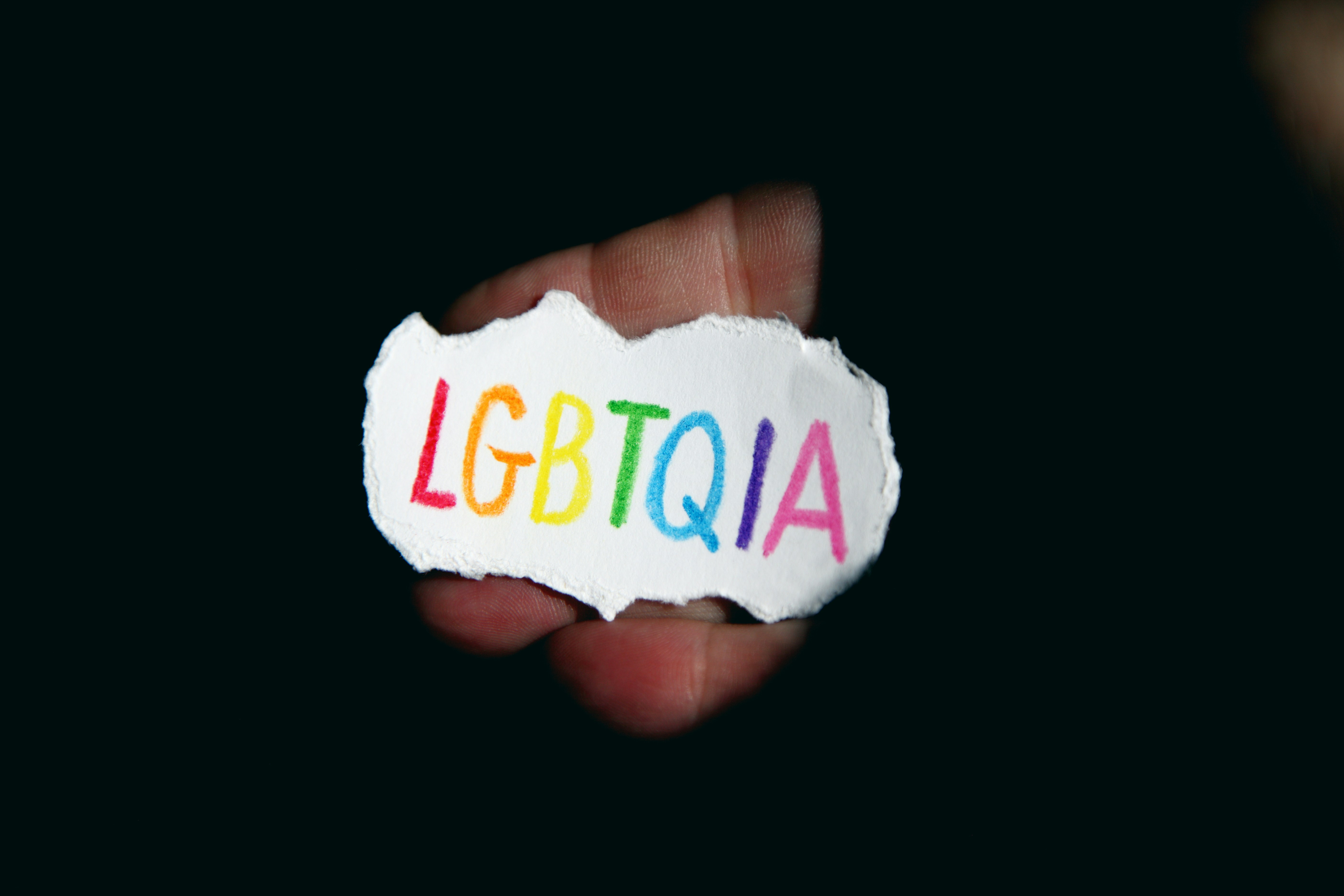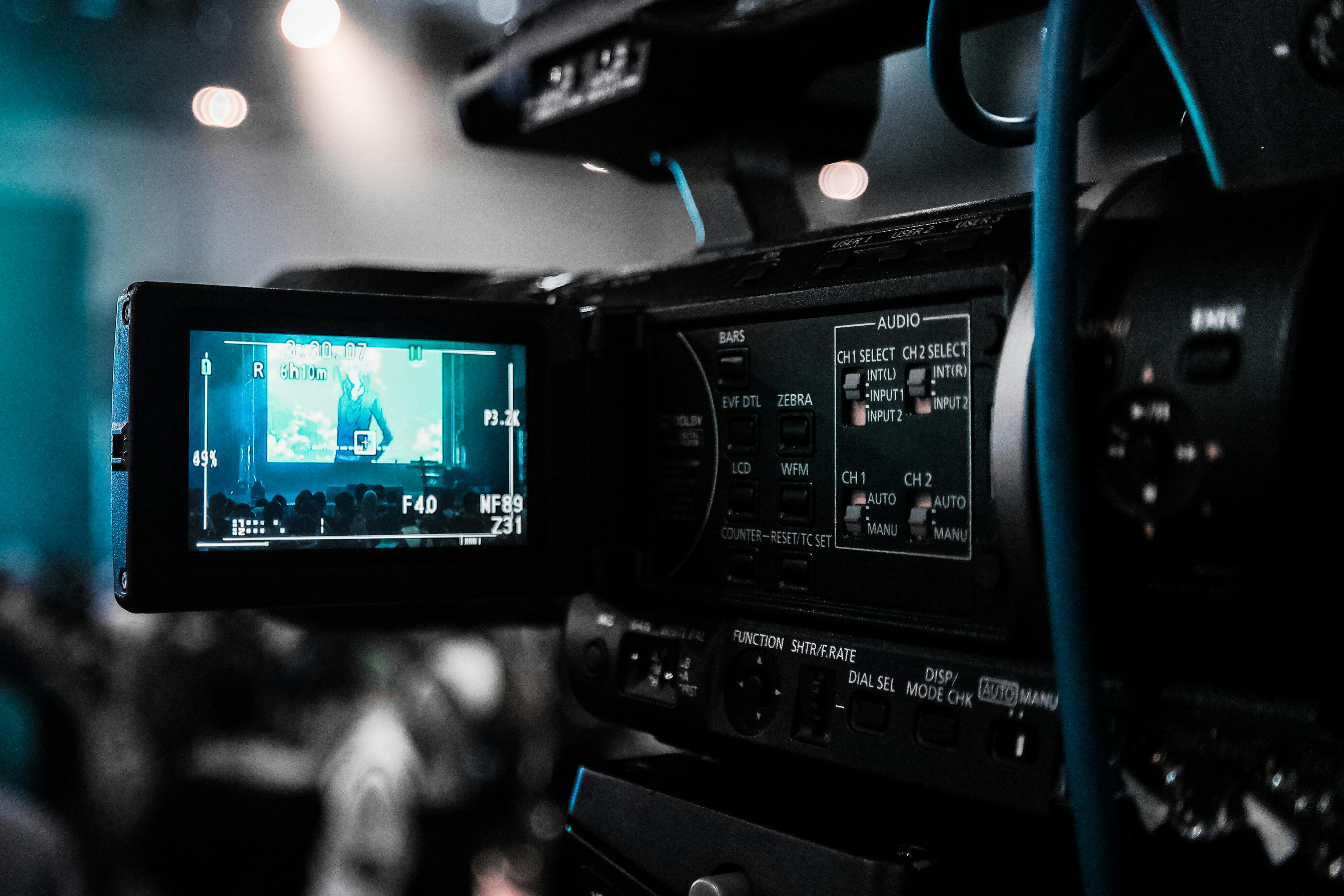Unmasking the Sociocultural Influences of Mask-Wearing in a Post-Pandemic World
In the blink of an eye, the world was introduced to a new norm – mask-wearing. The once foreign concept, primarily associated with medical professionals, has now become an everyday reality due to the COVID-19 pandemic. Read below to delve into the sociocultural influences of mask-wearing in our post-pandemic society.

The Historical Significance of Masks
Before diving into the current scenario, it’s vital to understand the historical context of mask-wearing. Masks have always been an integral part of human society, serving a variety of purposes such as religious rituals, theatrical performances, and medical procedures. However, their use as a tool for public health emerged during the Manchurian Plague of 1910-1911, providing a precedent for the widespread mask-wearing we see today.
A Symbol of Protection and Fear
With the advent of the COVID-19 pandemic, masks took on a new meaning. They transformed from a medical accessory to a universal symbol of protection, highlighting the collective effort to combat the virus. However, they also became a symbol of fear, reflecting the underlying anxiety and uncertainty that pervades society in the face of a global health crisis.
Shaping Identity and Social Interactions
Masks have also significantly impacted social interactions and the expression of personal identity. On one hand, they act as a social barrier, hindering non-verbal communication and creating a sense of distance between individuals. On the other hand, they provide a new canvas for self-expression, with people using different colors, patterns, and designs to showcase their personality and beliefs.
Cultural Implications and Adaptations
Different cultures have reacted to and adapted mask-wearing in unique ways. In some Eastern societies, where mask-wearing was already common due to pollution concerns, the transition was relatively smooth. However, in Western cultures, where the emphasis is on individual freedom, mandatory mask-wearing stirred debates around personal rights and government control.
The Future of Mask-Wearing
Even as the world inches towards normalcy, the sociocultural implications of mask-wearing will likely persist. As research shows, mask-wearing has not just been a temporary response to a crisis but a transformative cultural practice that may continue to influence societal norms and behaviors in the foreseeable future.
The phenomenon of mask-wearing and its cultural implications is a testament to the adaptability and resilience of human societies. While it has presented challenges, it has also fostered a sense of unity and shared responsibility, shaping the way individuals interact and perceive their roles within the community. As we continue to navigate the post-pandemic world, it will be interesting to observe the lasting sociocultural impacts of this practice.
In conclusion, the use of masks has gone beyond a simple health measure to become a complex sociocultural phenomenon that is shaping modern society. Its impacts on personal identity, social interaction, and cultural norms offer a fascinating lens through which to examine the evolving relationship between individuals and society in these unprecedented times.





